stellarfun
Senior Member
- Joined
- Dec 28, 2006
- Messages
- 5,711
- Reaction score
- 1,544

^^^^Is this outside plumbing??!!!!???
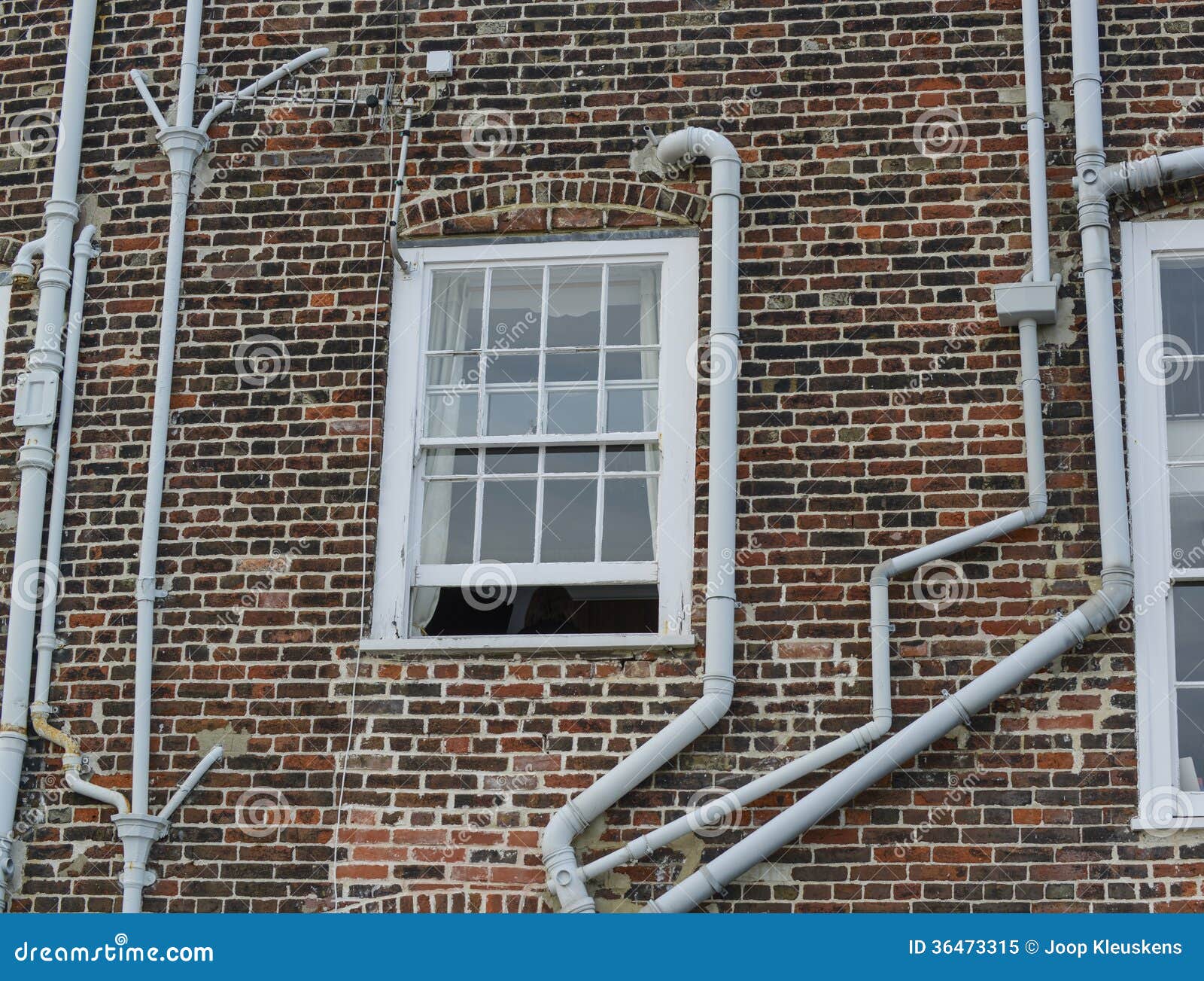
Probably not, because I don't think code allows for such, but it does so remind me of England.



^^^^Is this outside plumbing??!!!!???

Probably not, because I don't think code allows for such, but it does so remind me of England.

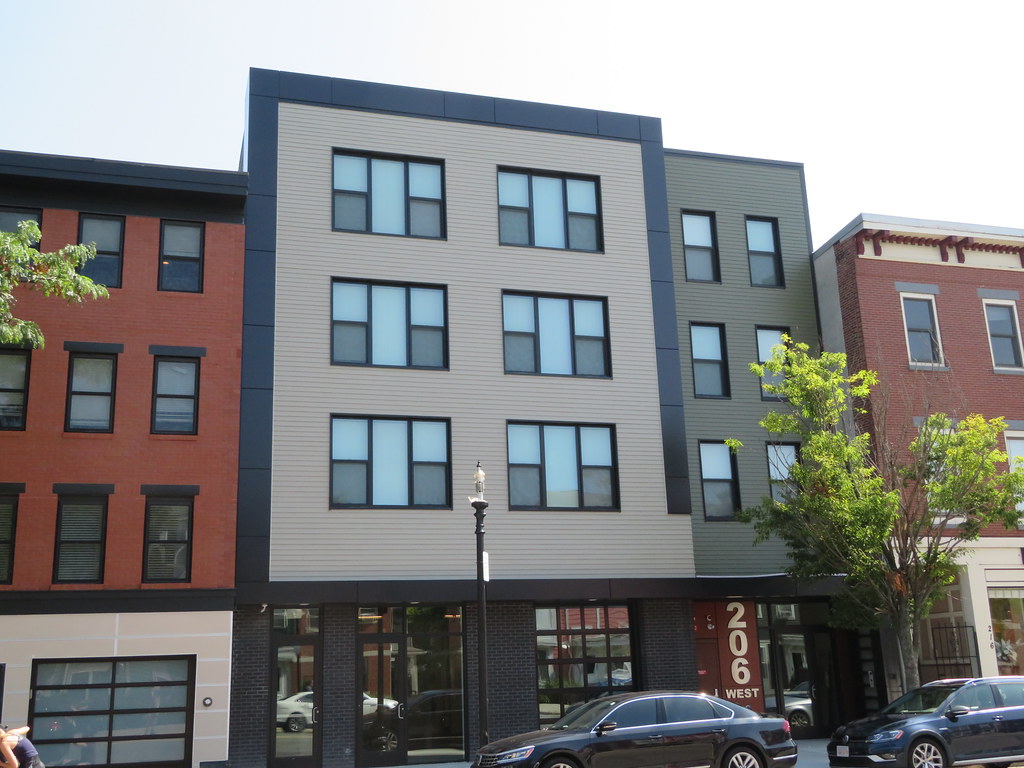 206 W Broadway
206 W Broadway https://flic.kr/p/2gzdZmj
https://flic.kr/p/2gzdZmj 321-25 W Broadway
321-25 W Broadway https://flic.kr/p/2gzdVR7
https://flic.kr/p/2gzdVR7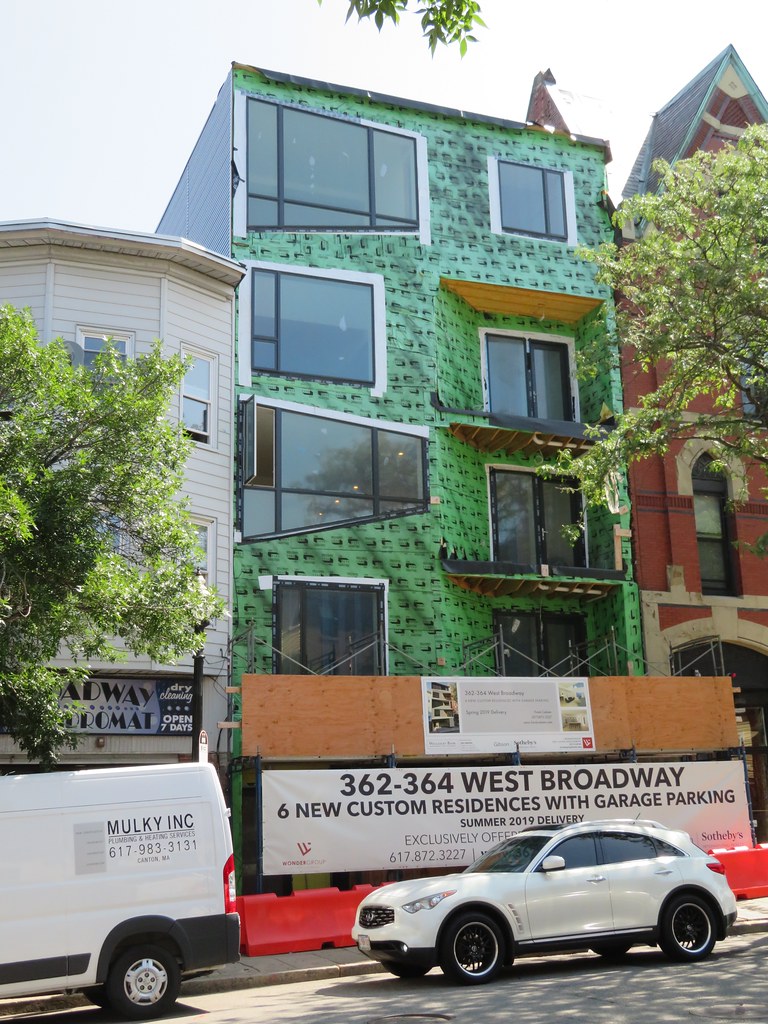 362-64 W Broadawy
362-64 W Broadawy https://flic.kr/p/2gzdqBv
https://flic.kr/p/2gzdqBvWhy does the black trim on the right just stop there instead of continuing to the logical end point?
 340 W Second
340 W Second https://flic.kr/p/2gykehU
https://flic.kr/p/2gykehU https://flic.kr/p/2gykewB
https://flic.kr/p/2gykewB Rear
Rear  https://flic.kr/p/2gykGx6
https://flic.kr/p/2gykGx6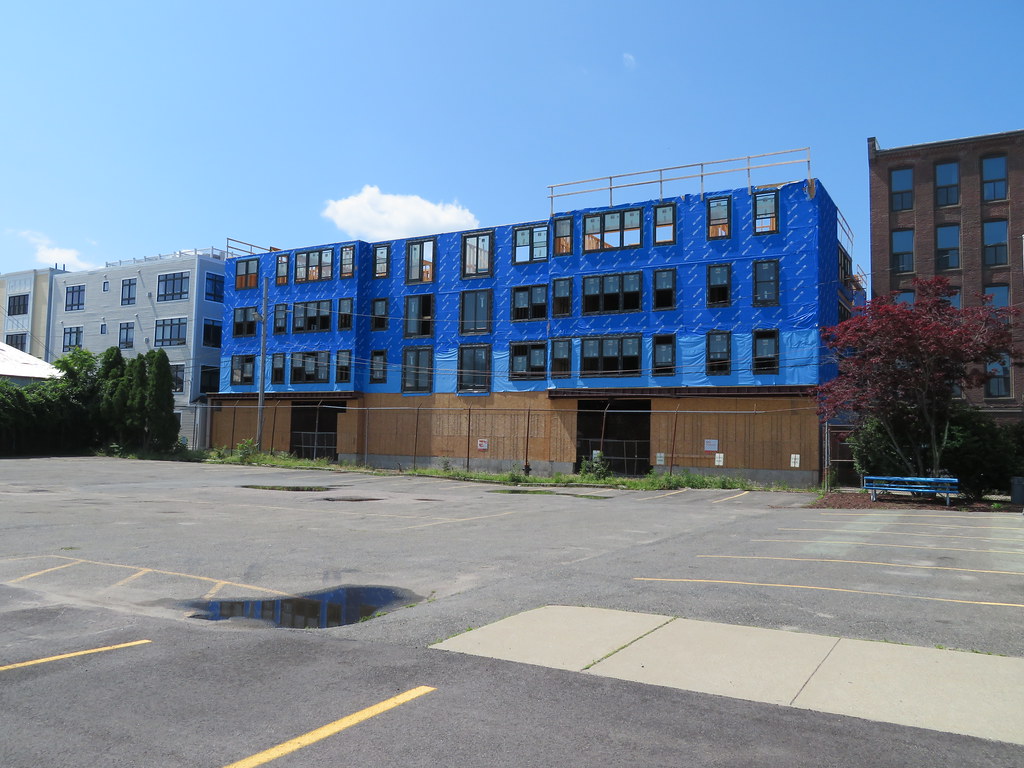 https://flic.kr/p/2gykffF
https://flic.kr/p/2gykffF 403 W First
403 W First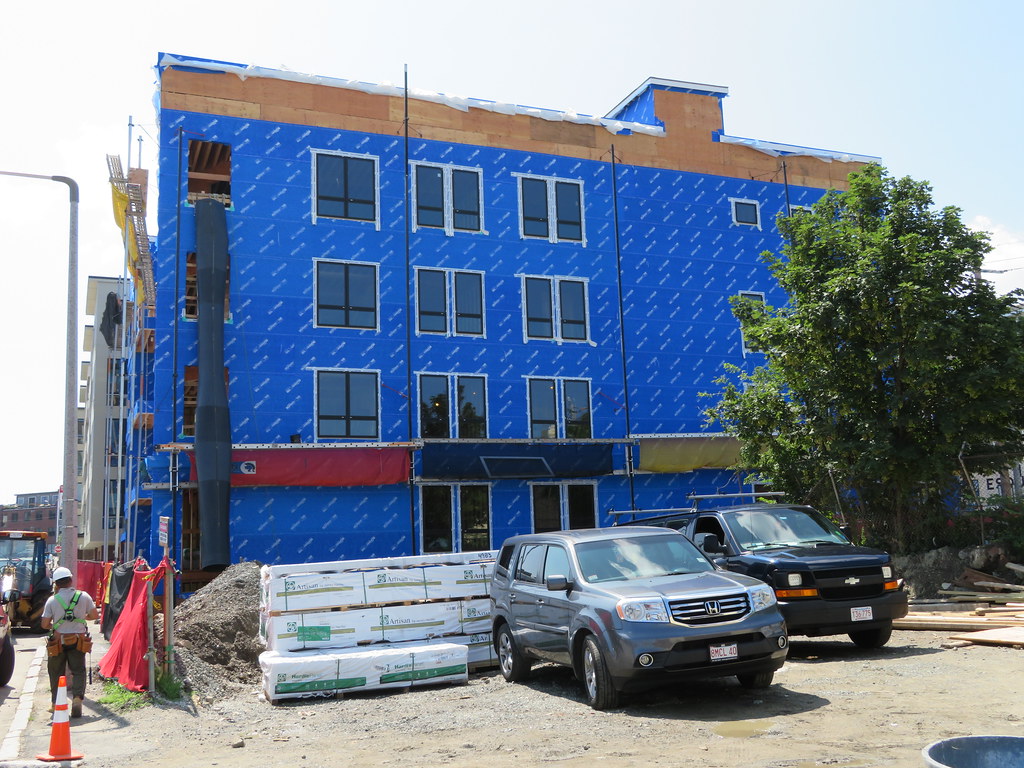 https://flic.kr/p/2gykH2x
https://flic.kr/p/2gykH2x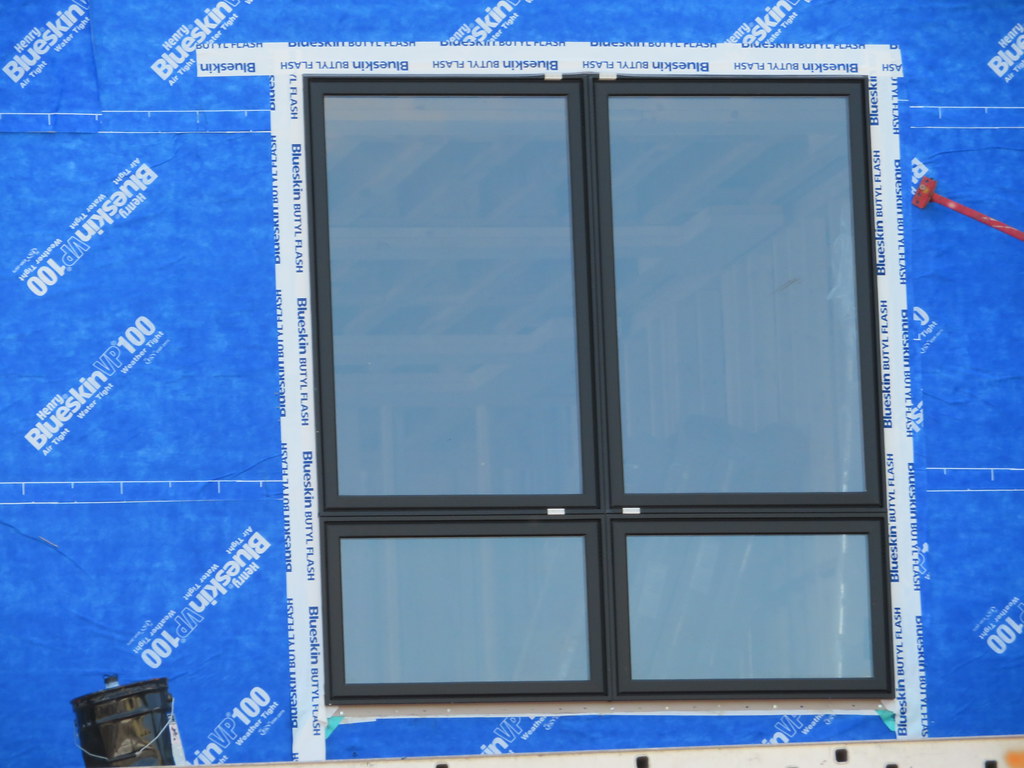 https://flic.kr/p/2gykHcn
https://flic.kr/p/2gykHcn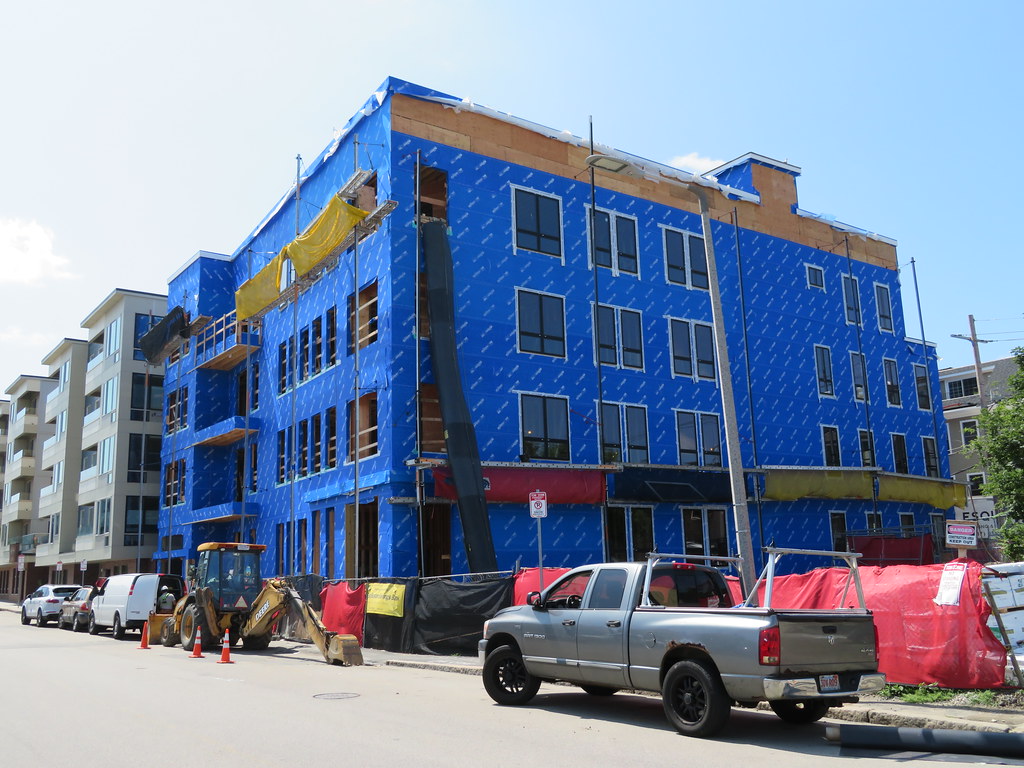 https://flic.kr/p/2gykHnN
https://flic.kr/p/2gykHnN https://flic.kr/p/2gykGk7
https://flic.kr/p/2gykGk7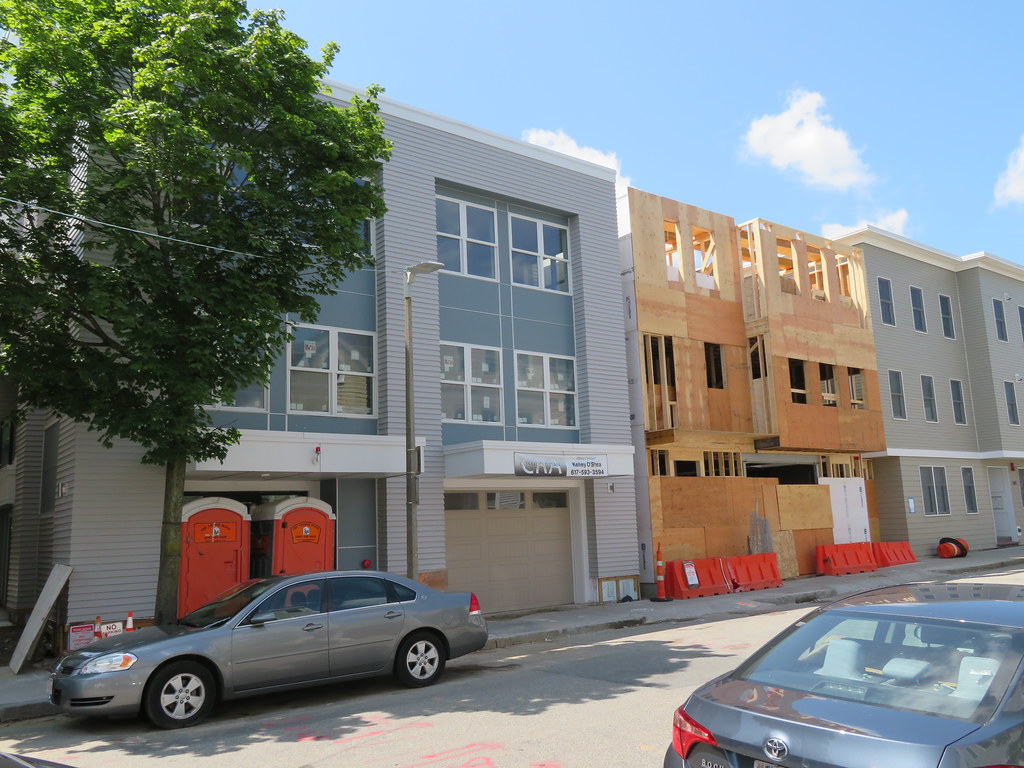 545 E Third
545 E Third https://flic.kr/p/2gyCUo1
https://flic.kr/p/2gyCUo1 Rear
Rear 543 E Third
543 E Third https://flic.kr/p/2gyCoKc
https://flic.kr/p/2gyCoKc 45 L Street
45 L Street 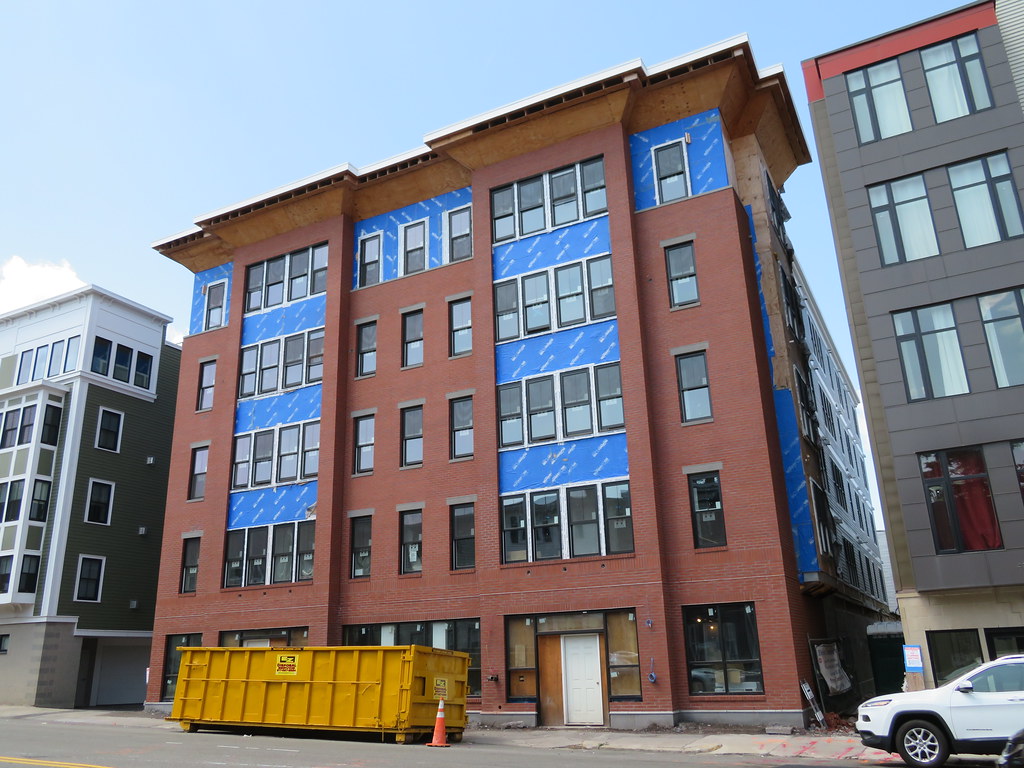 https://flic.kr/p/2gyCpnu
https://flic.kr/p/2gyCpnu https://flic.kr/p/2gyCpD6
https://flic.kr/p/2gyCpD6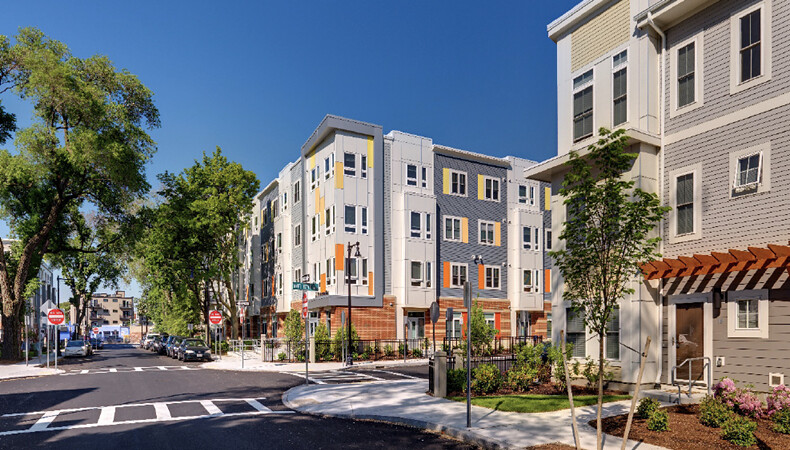 Old-Colony-Phase-3-Notice-of-Project-Change
Old-Colony-Phase-3-Notice-of-Project-Change https://flic.kr/p/2gDUu4x
https://flic.kr/p/2gDUu4x https://flic.kr/p/2gDTLpK
https://flic.kr/p/2gDTLpK https://flic.kr/p/2gDTLEK
https://flic.kr/p/2gDTLEK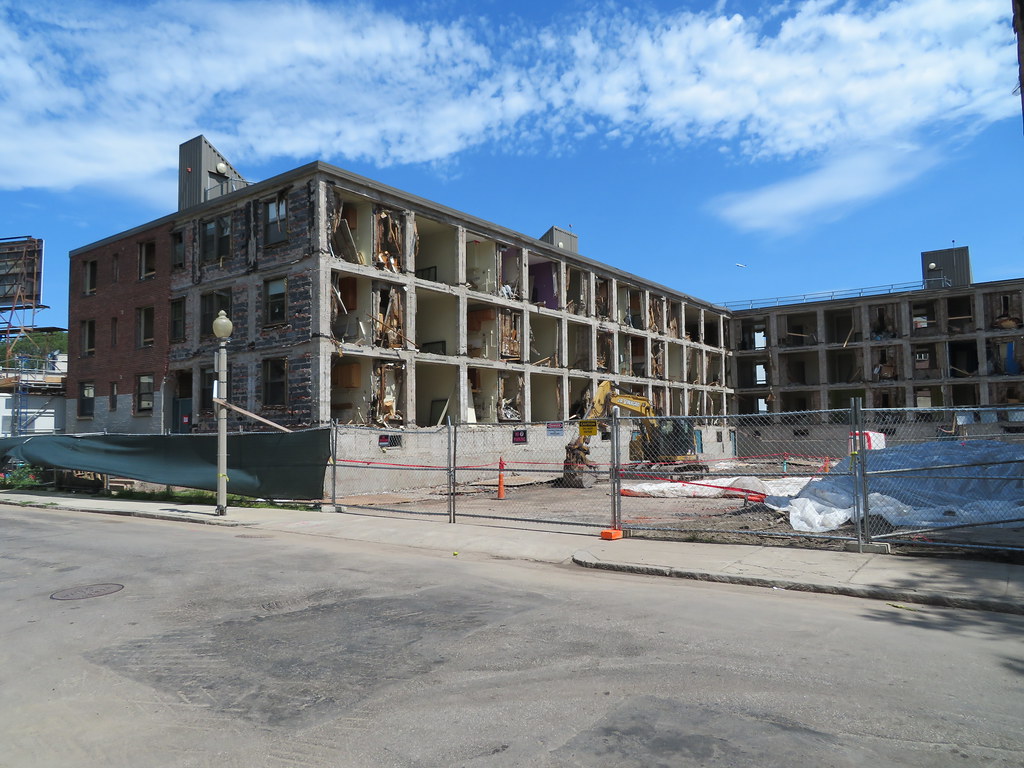 https://flic.kr/p/2gDUuWp
https://flic.kr/p/2gDUuWp https://flic.kr/p/2gDTM6K
https://flic.kr/p/2gDTM6K^What BeeLine said. There is so much potential on these sites, but BHA is doing what seems like the minimum possible.I don't understand why they aren't drasticly increasing the density of these projects. Phase III demo's 250 uint and creates 301. They use up all this land for a net gain 51 units when we have a housing crunch. They should be doubling the density at minimum.
^What BeeLine said. There is so much potential on these sites, but BHA is doing what seems like the minimum possible.
I don't understand why they aren't drasticly increasing the density of these projects. Phase III demo's 250 uint and creates 301. They use up all this land for a net gain 51 units when we have a housing crunch. They should be doubling the density at minimum.
Old-Colony-Phase-3-Notice-of-Project-Change
https://flic.kr/p/2gDUu4x
https://flic.kr/p/2gDTLpK
https://flic.kr/p/2gDTLEK
https://flic.kr/p/2gDUuWp
https://flic.kr/p/2gDTM6K
Not exactly a news flash but the warehousing and cramming of public housing tenants, especially into hi-rises, has been discredited for a long time. The pathologies of US social housing took a considerable while to be recognized but are today being addressed effectively, if not quite as fast or in the amounts as some would like. The razing and rebuilding of projects into places that are similar to what is considered market rate has and is happening all over this area. Many and likely most of those you are calling "assholes" are taxpayers helping to pay for the considerable cost of all this. A link to social housing trends in other countries:I think unfortunately, the neighbors would have their pitchforks out if they did something like this. Southie has a lot of issues... with all the assholes who live there, from the old Southie types to the new Southie types
I don't understand why they aren't drasticly increasing the density of these projects. Phase III demo's 250 uint and creates 301. They use up all this land for a net gain 51 units when we have a housing crunch. They should be doubling the density at minimum.
Old-Colony-Phase-3-Notice-of-Project-Change
https://flic.kr/p/2gDUu4x
https://flic.kr/p/2gDTLpK
https://flic.kr/p/2gDTLEK
https://flic.kr/p/2gDUuWp
https://flic.kr/p/2gDTM6K
I didn't say taxpayers were paying for any kind of market-rate construction."Taxpayers" aren't paying for the "cost" of additional market rate development adjacent to public housing, because A: that's the whole point of the new financing mechanism and B: the cost is negative. What?
